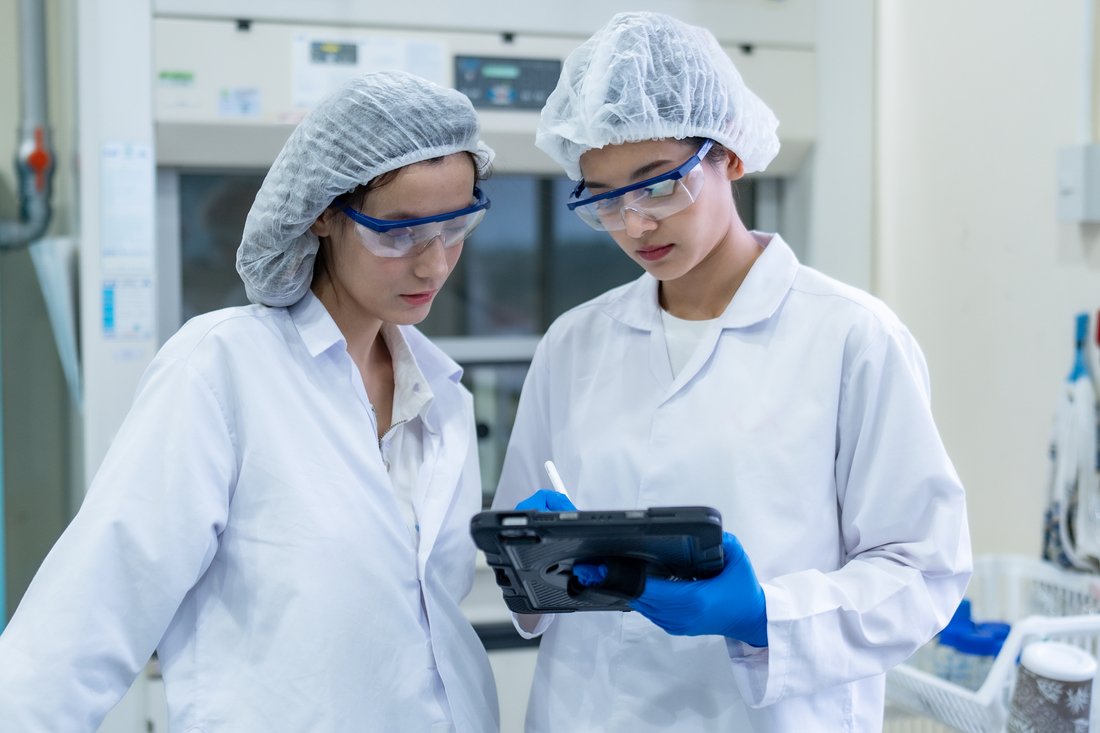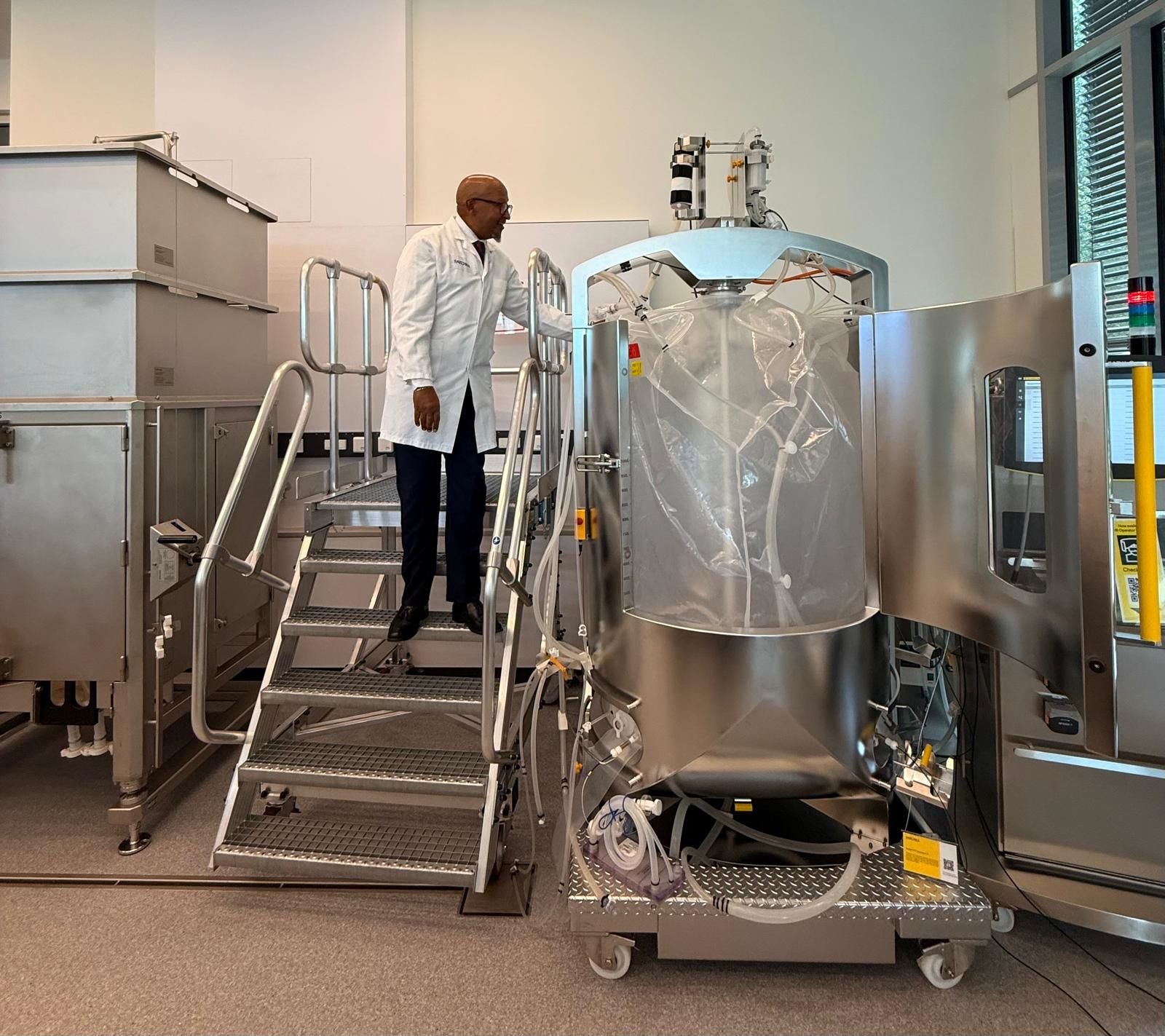From a manufacturing standpoint, the argument for using digital twins in biopharmaceutical process development has already been won. Now, research suggests that twins could also help the drug industry reach new markets.
For the uninitiated, a digital twin is a computer model of a physical object or process that can be used to predict response to change. In biopharmaceutical manufacturing, twins are used to fine-tune processes.
Industry engineers use them to assess the impact of varying inputs and conditions on processes, with the aim being to optimize yields, reduce waste, and, ultimately, lower the cost-of-goods (COGs).
And digital twins are effective, say researchers at the Institute for Separation and Process Technology, Clausthal University of Technology in Germany, who looked at how industry use of them is evolving in a recent study.
“There is a clear business case for digital twins,” they write, adding, “DTs enable improved operational efficiency by optimizing manufacturing processes in real-time.
“This can lead to reduced downtime, waste, and resource consumption, and batch-failure reduction. This efficiency translates into cost savings through lower cost-of-goods and faster time-to-market.”
The authors also suggest that digital twins support innovation by allowing developers to identify those candidate compounds that stand the best chance of becoming commercial products.
“Digital twins facilitate sophisticated R&D by allowing detailed modeling and simulation of drug formulations and manufacturing processes. This can lead to faster advancements and higher-quality products,” they write.
Market access
Digital twins aid the development of efficient processes, thereby helping to reduce production costs. And, by lowering costs, twins also help manufacturers to access new markets, according to the authors.
“Efficient processes lead to cost savings in materials, time, and labor, which makes high-quality drugs affordable at lower prices. This affordability is crucial for broadening access to necessary medications, particularly in low-income regions,” they write.
Optimized processes are also beneficial during public health emergencies, as, during pandemics, for example, the ability to quickly develop, mass produce, and distribute vaccines and treatments as efficiently as possible is vital.
“Digital twins enable rapid prototyping and scaling-up of vaccine production, which is critical in responding swiftly to emerging health crises. This technological advantage allows for the expedited deployment of vaccines, ensuring that populations have timely access,” the authors write.
They conclude that digital twins, “enhance operational efficiencies and innovation but also align with strategic goals for growth and market leadership in the evolving pharmaceutical landscape.
“Pursuing these technologies now positions companies to thrive in a future increasingly shaped by digital transformation for the added value of further product and supply safety,” they add.
The post Digital Twins Cut COGs and Help Biopharma Reach New Markets appeared first on GEN – Genetic Engineering and Biotechnology News.




